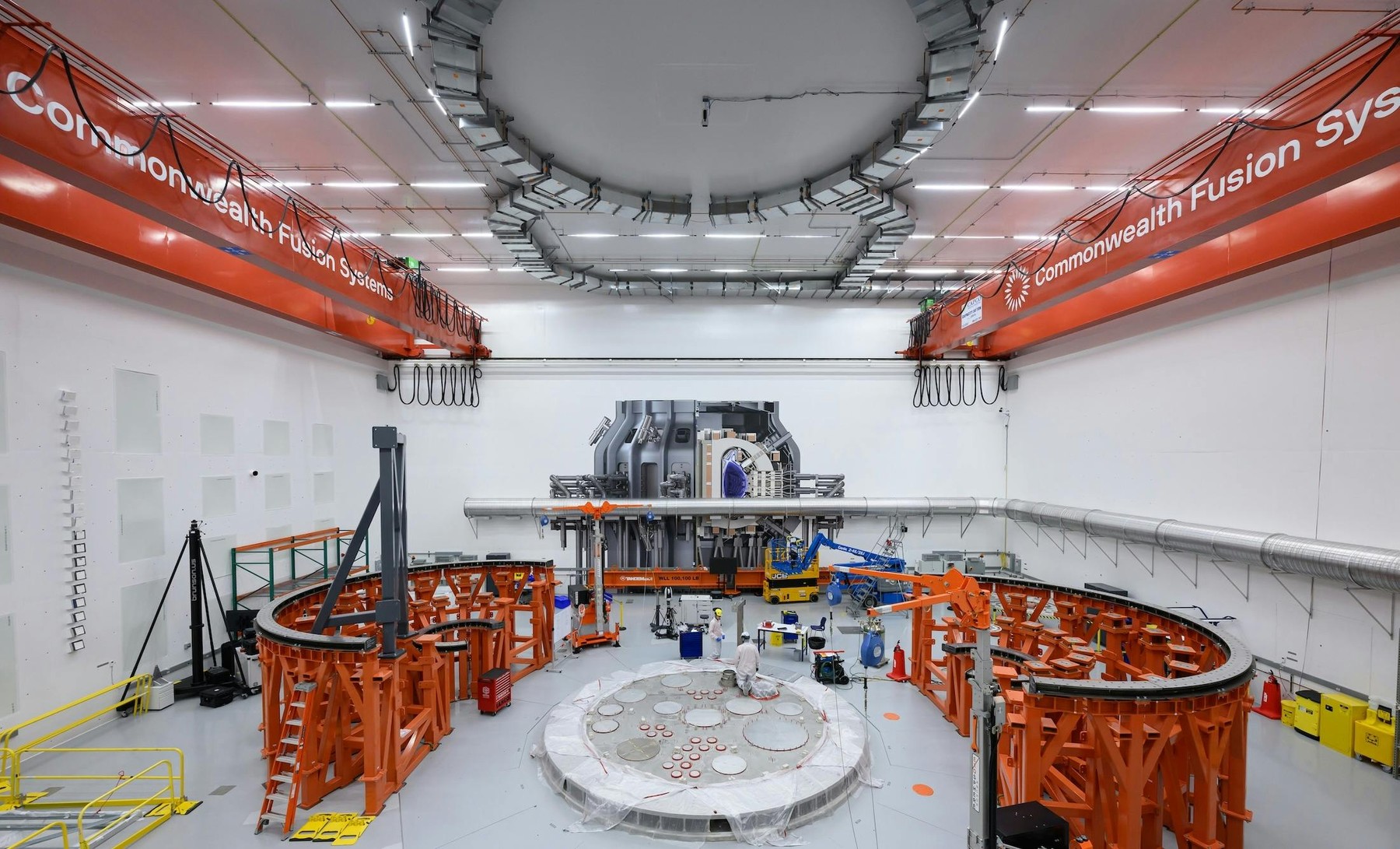Insider Brief:
- Innovation Fund Denmark CEO Cecilie Brøkner believes that quantum and space technologies play a key role in advancing climate technologies.
- Quantum technologies can help scientists solve complex problems like energy grid usage and health impacts from climate change, while space technologies can improve agriculture.
- Companies and funding bodies need to back systemic-level changes to the economy to meet climate change targets, she said.
Climate tech financing is moving in the right direction, but needs to double down on facilitating structural and systemic change, Denmark Innovation Fund’s CEO Cecilie Brøkner told Climate Insider.
The Innovation Fund Denmark has been supporting early-stage research-based climate tech innovation since its founding in 2014.

Public research funding in Denmark amounts to 1% of GDP, of which part of this is agreed in the country’s annual research reserve agreement, Brøkner said. In the agreement, political parties decide the overall thematic priorities of the fund, and leaves the funds administrators to make final decisions on which projects and budding companies receive funding.
Candidate projects must adhere to the three overarching themes of the fund: health, technology, and the green transition.
“Our primary goal and mandate is to bridge the research sector with commercialization,” Brøkner said.
Trends in climate-focused technologies
In 2024, the Danish Innovation Fund invested approximately US$275 million into research-based innovation, ranging from early-stage companies to large-scale research partnerships between university researchers and companies or other partners. Funds were provided for 726 investments, pulled from a pool of 2,800 applications. The fund’s active portfolio includes 1,843 grants, with a value of 7.7 billion Danish kroner (US$1.2 billion).
In addition to the three overarching themes, the fund has been tasked to underpin the ambitious emission targets of the 2019 Climate Law, by supporting necessary innovation and technological solutions. In force since June 2020, this legislation codified Denmark’s path to reducing 70% of its greenhouse gases by 2030 and achieving net zero by 2050.
Building on this, the Danish parliamentary parties designated four missions based on green potential and Danish positions of strength were: carbon capture; green fuels for maritime transport and other transport; agriculture and food; and the circular economy, particularly within plastics and textiles. The Innovation Fund has launched four large-scale mission-driven partnerships under each mission, bringing together a wide range of stakeholders, including private companies, research institutions, and public authorities. Brøkner said.
“Within these four missions, a lot of new innovation and technological solutions come out,” she said.
“Another area we’ve put a lot of attention towards in Denmark is quantum and space,” she said. “Quantum we believe could be quite important for instance in providing computing power to address highly complex problems, including optimizing energy grids, production and consumption, development of new materials and improved calculation of consequences of huge climate changes,” she said.
“In terms of health impacts of climate change, for instance expected increases in infectious diseases, quantum also holds the potential of to more targeted and efficient development of treatments and other strategies to mitigate the impact of climate change.”
As for space technologies, Denmark is already using space-based radar and sensors to monitor melting ice rates in its territory of Greenland, Brøkner said.
Radar, sensors, and other space technologies also hold significant potential to optimize Denmark’s agricultural production levels.
“With different surveillance technologies, above and underground, we can maybe identify where it’s more efficient to grow crops, at what time, and target the level and timing of, for instance, fertilizer,” Brøkner said. “The agricultural sector could benefit substantially from some of these technologies, to minimize the use of resources and maximize yield.”
Navigating ‘valley of death’, and expanding impact
Supporting early-stage startups through the so-called “valley of death” – from research to commercialization – is a major concern of the foundation, Brøkner said.
“This is the primary reason we were put in place,” she said. “We are here to build a bridge between research that is done, and in which we invest heavily, towards a more commercial focus.”
Denmark – and all of Europe – aren’t terribly good at scaling up their startups, and universities traditionally haven’t held the same entrepreneurial culture that is found in North America, she said.
“We’re here to de-risk, to take the early risk that private companies are not ready to take,” she said. “We don’t go all the way to the market, but take the top of the risk, and de-risk this innovation enough for private foundations or VCs to take over.”
Europe is missing out on reaping the rewards of the investment it puts in research and innovation and of scaling up small- and medium-size enterprises, she notes.
“We’re very good at research and innovation and creating start-ups, but then these are immediately bought by American companies, who then reap the return on the scale-up.”
Systemic change is required to meet climate goals
This commercialization challenge feeds into the greater challenge in enacting the necessary systemic changes to the economy to fully decarbonize, she added.
“There’s not enough risk-willing capital to really benefit on investments we do early on,” Brøkner said. “Running a ton of smaller-scaling calls [for investment] and programs is not going to do the trick when it comes to systemic changes.”
Europe needs to create trans-European investments to get the ball rolling on these systemic changes, she added.
“We need more risk-taking from the EU side,” Brøkner said.
“We have huge challenges,” she said. “But from the political level, it’s quite clear that climate is a priority so it does seem to be ‘full steam ahead,’ – but we need to address these structural challenges.”








